Published in 2019 by The Rosen Publishing Group, Inc.
29 East 21st Street, New York, NY 10010
Copyright 2019 by The Rosen Publishing Group, Inc.
First Edition
All rights reserved. No part of this book may be reproduced in any form without permission in writing from the publisher, except by a reviewer.
Library of Congress Cataloging-in-Publication Data
Names: Vale, Jenna, author. | Watkins, Graham, author.
Title: Tracking ghosts and hauntings / Jenna Vale and Graham Watkins.
Description: New York : Rosen Publishing, 2019. | Series: Paranormal seekers | Includes bibliographical references and index. | Audience: Grades 5-8.
Identifiers: LCCN 2018013418| ISBN 9781508185680 (library bound) | ISBN 9781508185673 (pbk.)
Subjects: LCSH: GhostsJuvenile literature. | Parapsychology-Juvenile literature.
Classification: LCC BF1461 .K45 2018 | DDC 133.1dc23 LC record available at https://lccn.loc.gov/2018013418
Manufactured in the United States of America
M ovement out of the corner of one's eye. A strange thumping sound in the attic. A wispy figure in a photograph. Objects overturned, broken, or missing. These are the sorts of things people report when they believe they have experienced encounters with ghosts. But are they real, or just visions and sensations captured by an overactive imagination?
The likes of ghosts, poltergeists, and hauntings have been part of the beliefs of people all over the world for all of recorded history. Different cultures have their own complex mythologies involving ghosts, demons, and other supernatural beings. Death, and speculation about what happens after death, has been around for as long as humans have. Stories of strange occurrences and entities are developed and passed down over many generations, and the stories become familiar. In modern times, ghost stories and movies about vengeful spirits in haunted houses, such as The Conjuring and Winchester, continue to draw large audiences even in the age of computers and high-tech marvels. But do people still believe in such things as hauntings, or has belief fallen way to entertainment and skepticism?
It's true that people do misinterpret strange encounters. Ghost-hunting equipment does malfunction or exhibit technical quirks that can be mistaken for evidence of spirits. Even the advanced cameras of today can capture distorted images that can be logically explained. Even so, there are incidents that still cannot be explained. There is no one-size-fits-all explanation for all of the strange things people encounter or record.

Seeing ghostly apparitions might seem like something that happens only in the movies, but many people believe they have encountered evidence of spirits. The difficulty lies in analyzing the evidence of such encounters.
As such, there are as many approaches to paranormal investigation as there are kinds of encounters that people have reported. Some people light candles in a darkened room, sit around a table with a group of others, and attempt to contact the dead with the aid of a medium or Ouija board. Others invite paranormal investigators into their homes to identify the sources of strange sounds and poltergeist activity. Still others are more interested in the science of the paranormal, and they become immersed in the branch of science known as parapsychology.
In the twenty-first century, technological advancements have expanded the scope for observing and recording purported paranormal activity. Social media sites like YouTube have made it easier than ever for people to share what they hope might be proof of a ghost in their home, with some videos boasting five million or more views to date. Whether people are looking for ghosts, hoaxes, or just the thrills and chills that spooky entertainment provides, the world is certainly haunted it's just more complicated than it might first appear.
.jpg)
T here's no way for humanity to really know what happens after people pass away. What's more, so many cultures have different ideas about how to say good-bye to those who have died. From burial services to cremation ceremonies, there are many customs with various meanings. Some cultures have specific traditions that are intended to help the dead pass on successfully into the afterlife, and according to those cultures, the dead might linger in the world of the living if they don't receive the proper send-off. In other cases, there might be more personal reasons why the dead would stay instead of moving on.

A gathering of people say good-bye to a loved one after cremation in Kathmandu, Nepal. The ghat, or staircase leading down to the river, allows them to scatter the ashes on the Bagmati River.
UNFINISHED BUSINESS
Ghosts are included in the folklore of so many cultures across the world. There are some that bring good luck, such as the zashiki warashi, or "guestroom children," of Japan who might leave footprints or make phantom noises in one's home. There are others that are regretful, such as La Llorona, or "the Weeping Woman," of Latin America who drowns her children in a river and weeps and wails as she searches for them, having realized what she's done. Still others are bound to this life because they have unfinished business remaining from their lives. This is a common theme in horror movies featuring ghosts, as unfinished business creates a clear problem that allows for a clear resolution at the end of a story. Such a theme allows for a complete narrative arc even in other forms of storytelling, including song: in the English ballad "Sweet William's Ghost," which dates back to the eighteenth century, William is a ghost who returns to ask his fiance to release him from his promise to marry her. There are several versions of the song and story, but in the end, William is released from the last thing binding him to the living world.
OLD HAUNT
The place where a ghost or spirit appears is sometimes significant, too. In many tales, ghosts are associated with specific places described as "haunted." Although almost any place, from a building to a boat, can be considered haunted, people tend to think first of a house when they hear the word "haunted." The traditional image of a haunted house is usually an old and run-down home in which no one lives.
There are different types of hauntings that paranormal investigators have identified. One type is a residual haunting. This means there is an energy left behind from a traumatic event that happened at the affected site. With this type of haunting, people may report hearing footsteps or other strange noises, but they won't feel they can communicate with the presence. A residual haunting is like a video left behind playing on a loop. It is not possible to make contact with a residual haunting. Another type of haunting is an intelligent haunting. An intelligent haunting means that people will feel there is a ghost present that is capable of communicating with them.


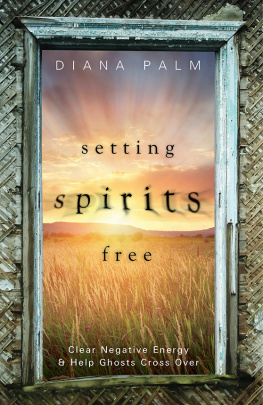

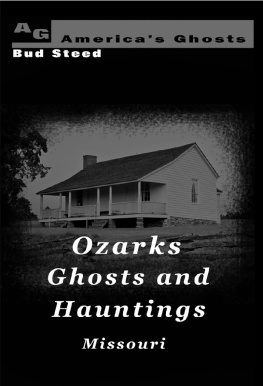
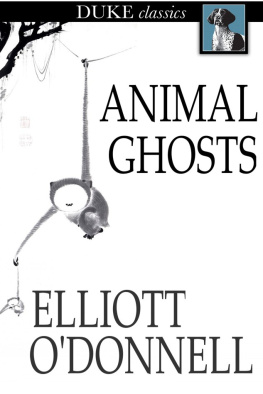


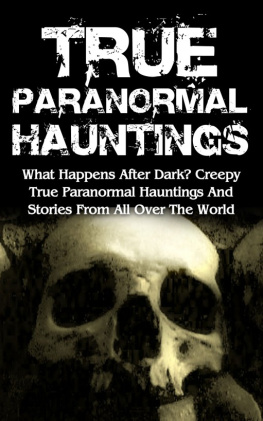
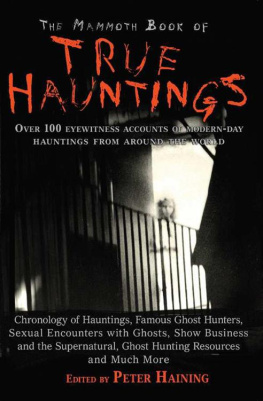


.jpg)
.jpg)

.jpg)
